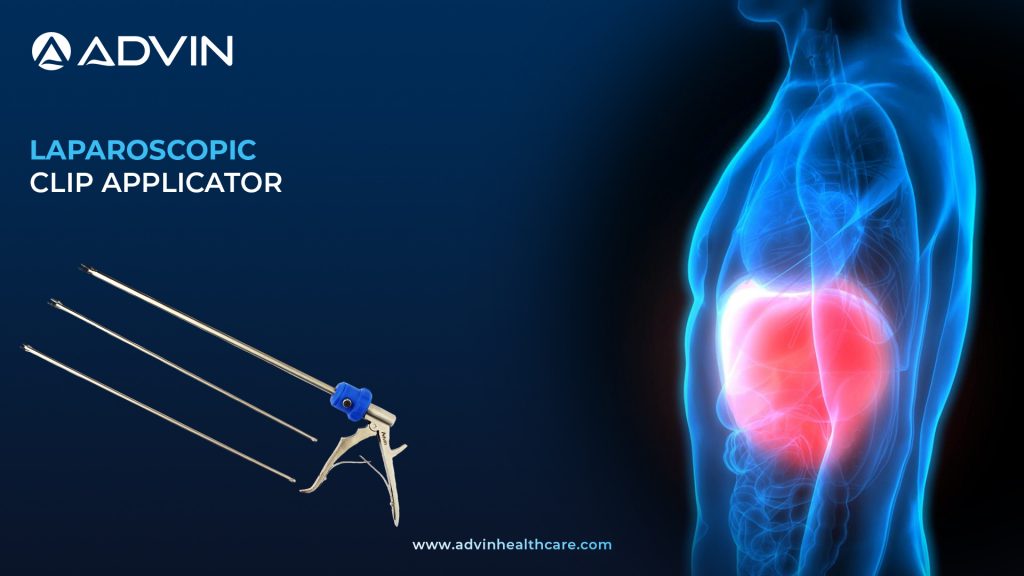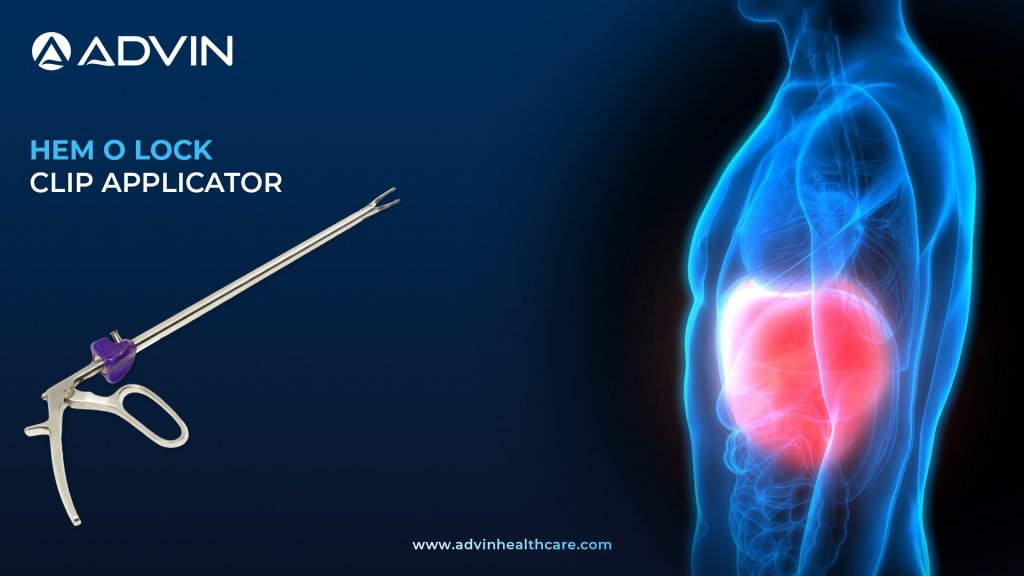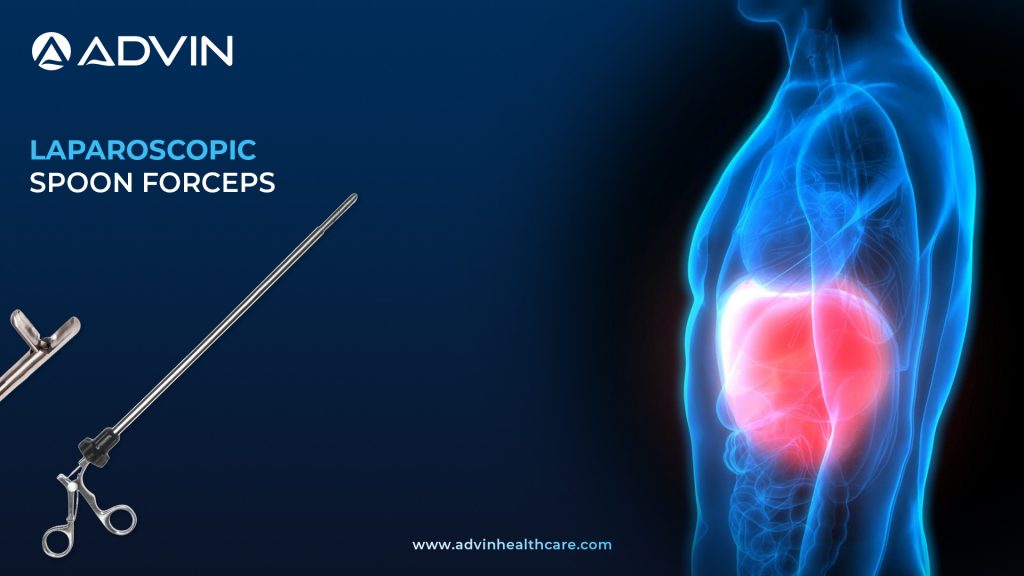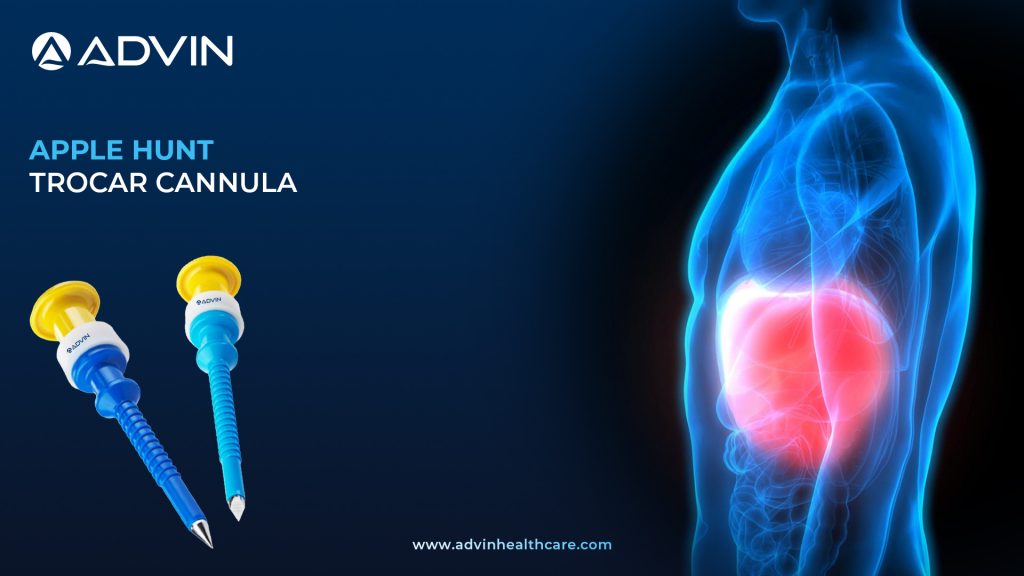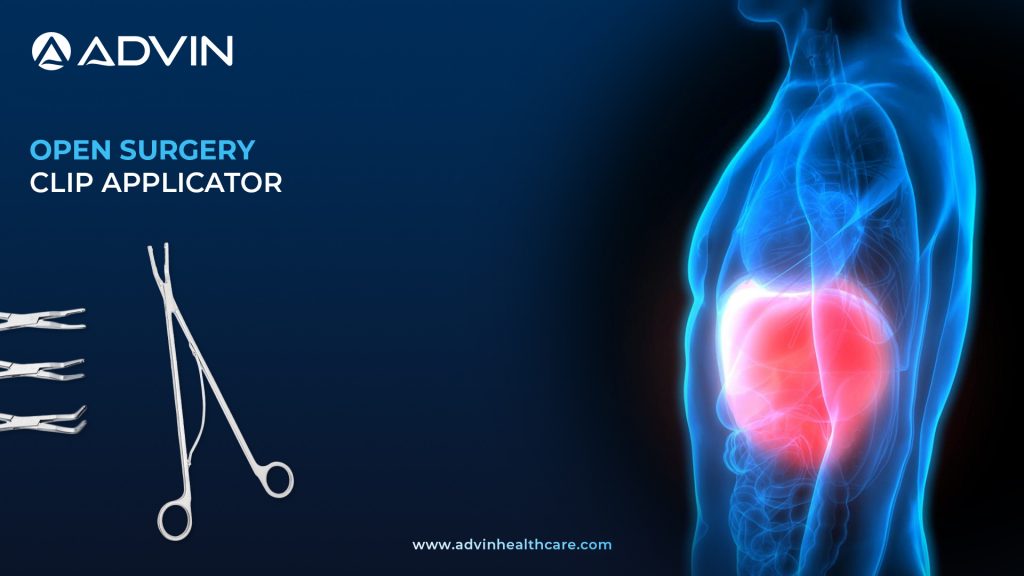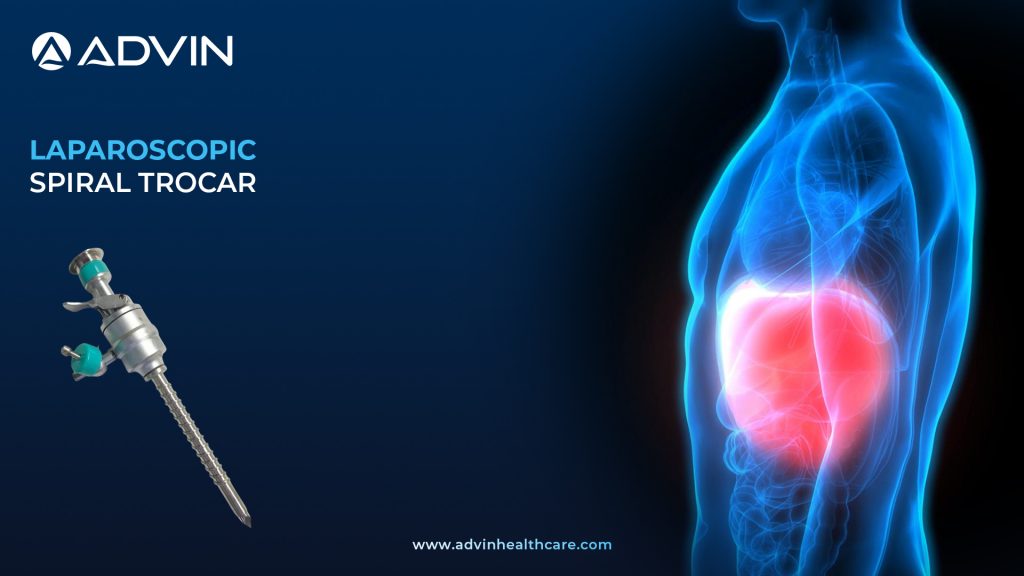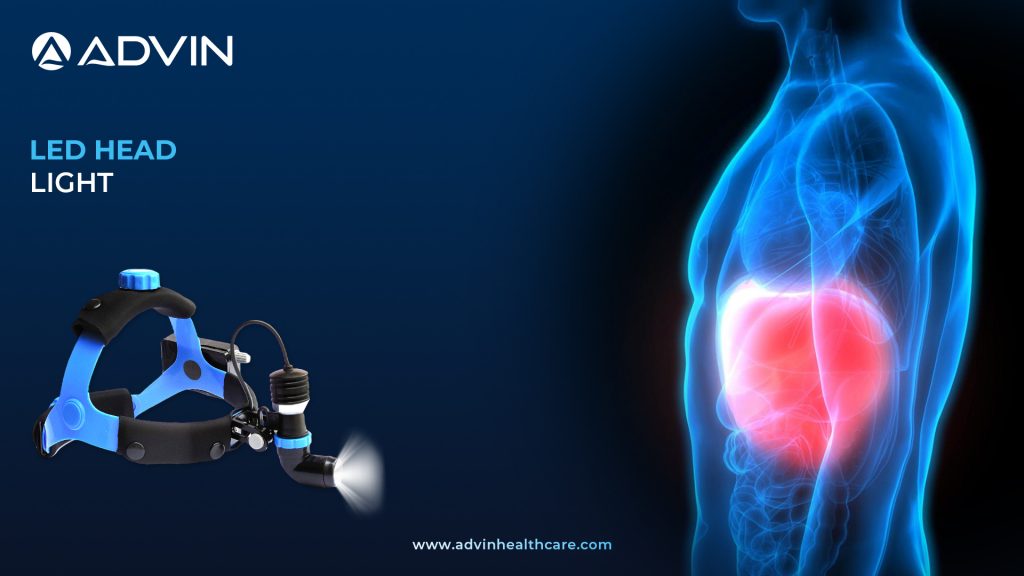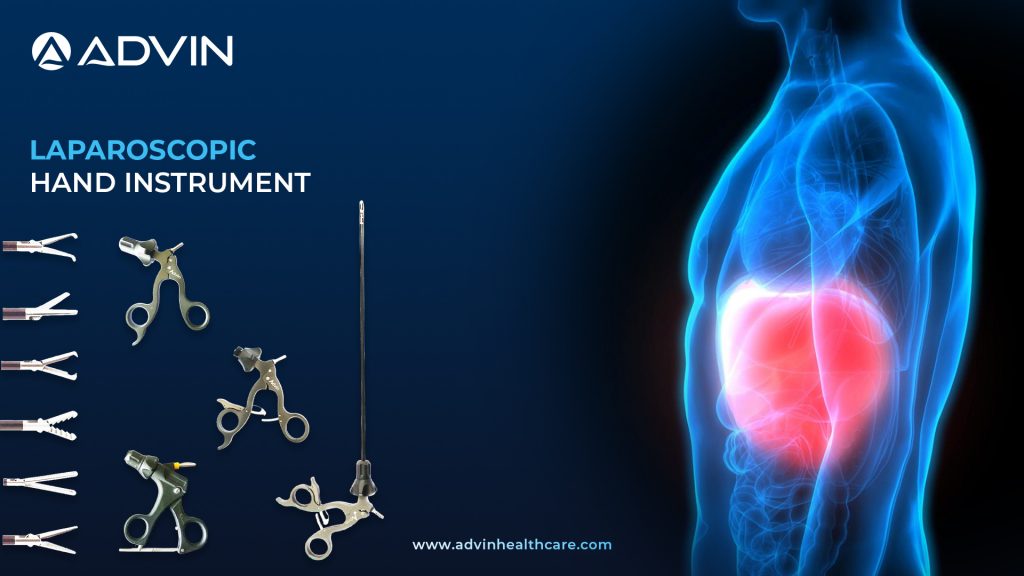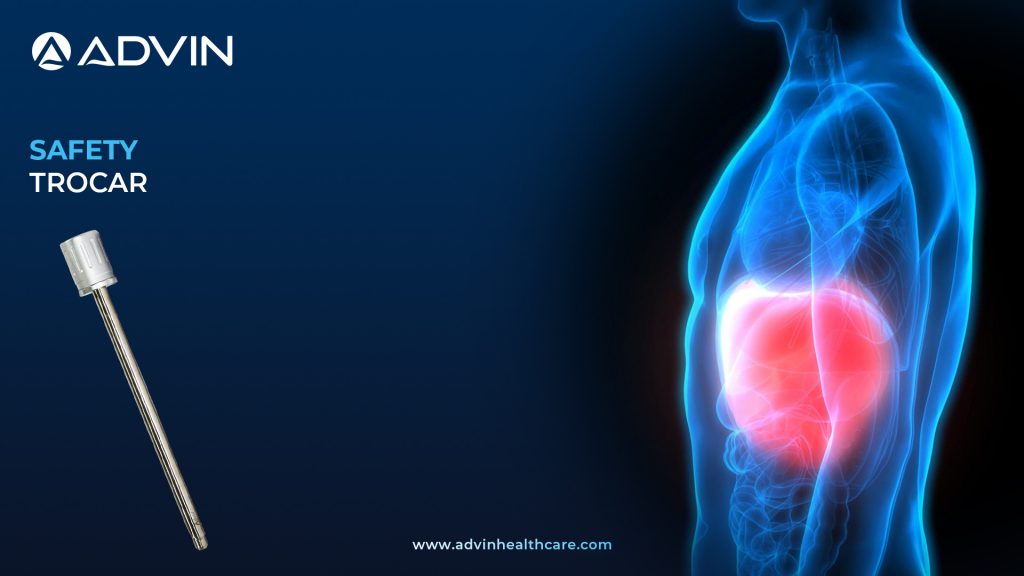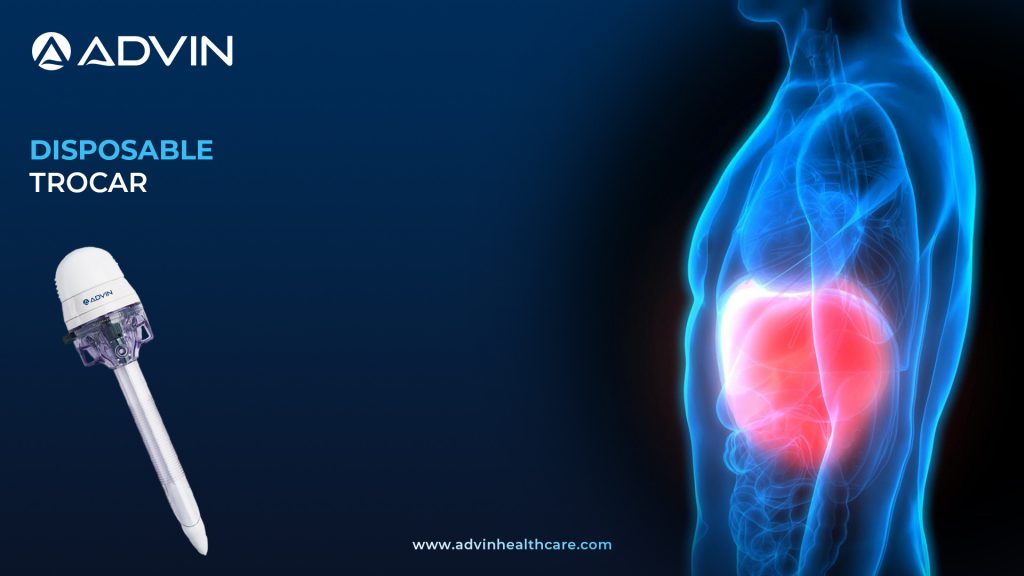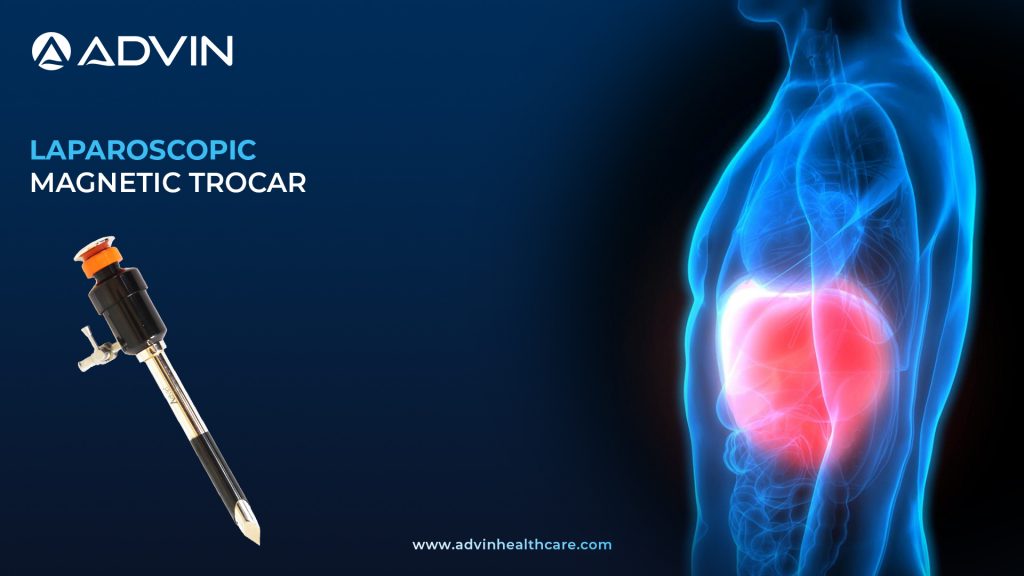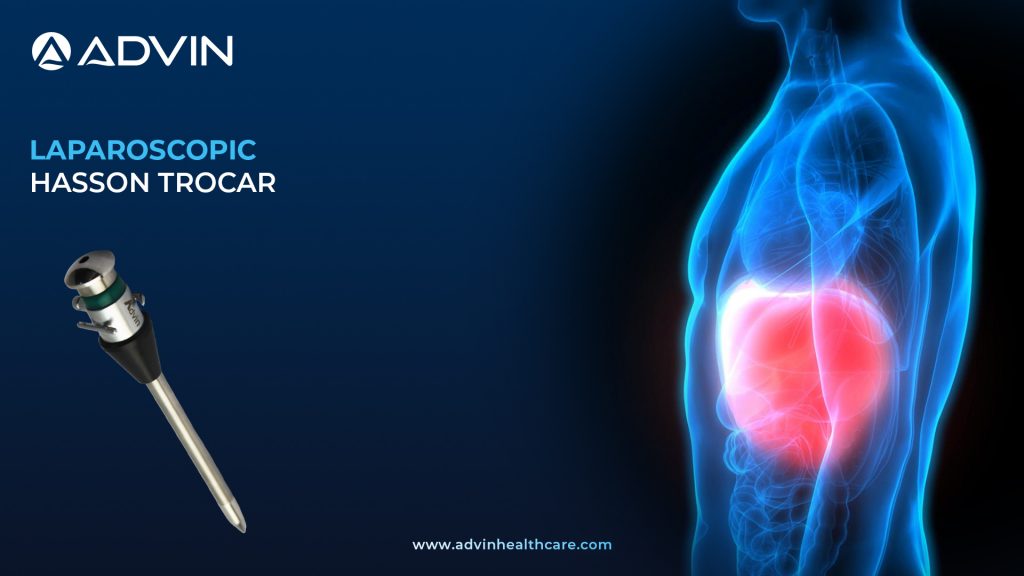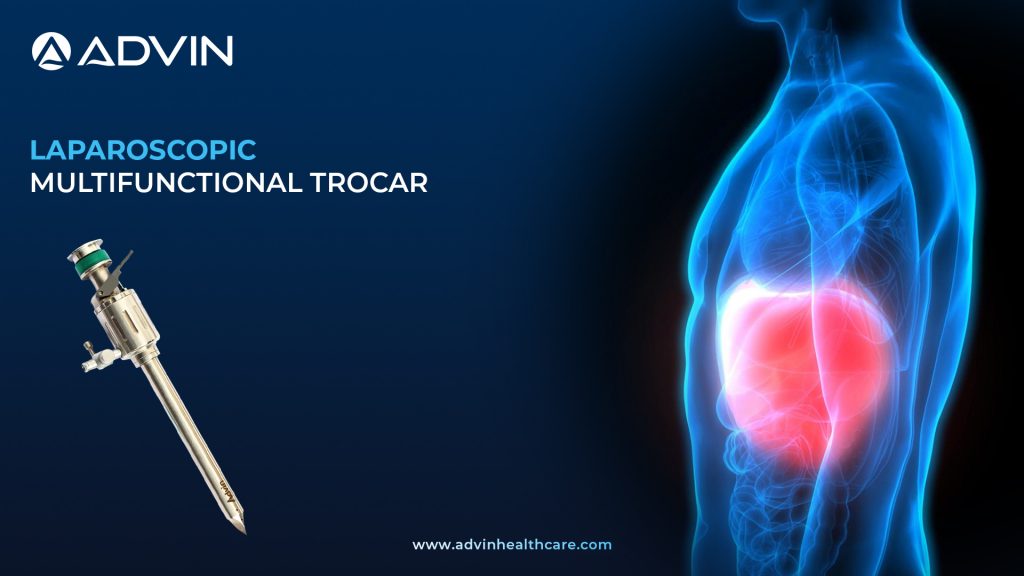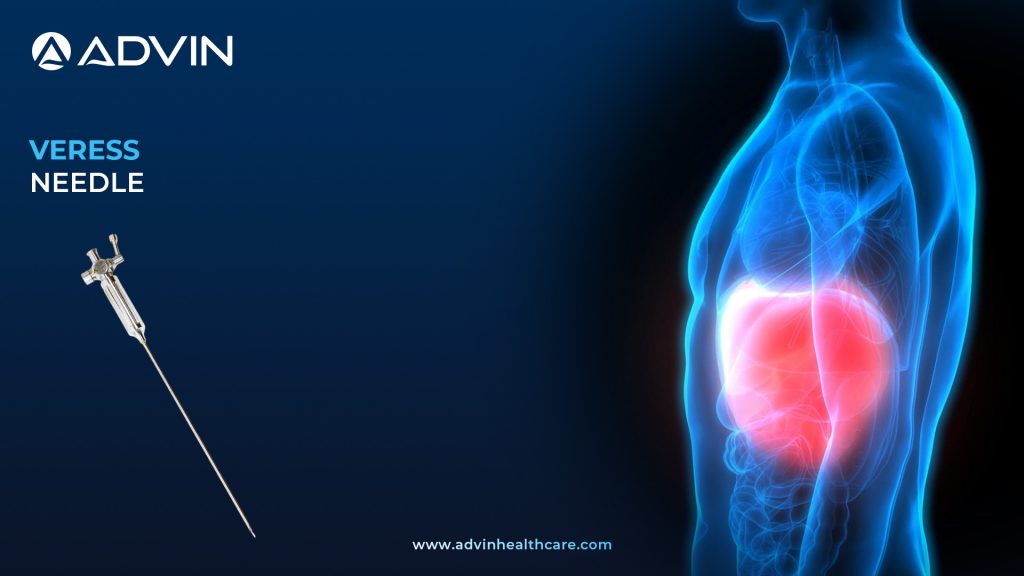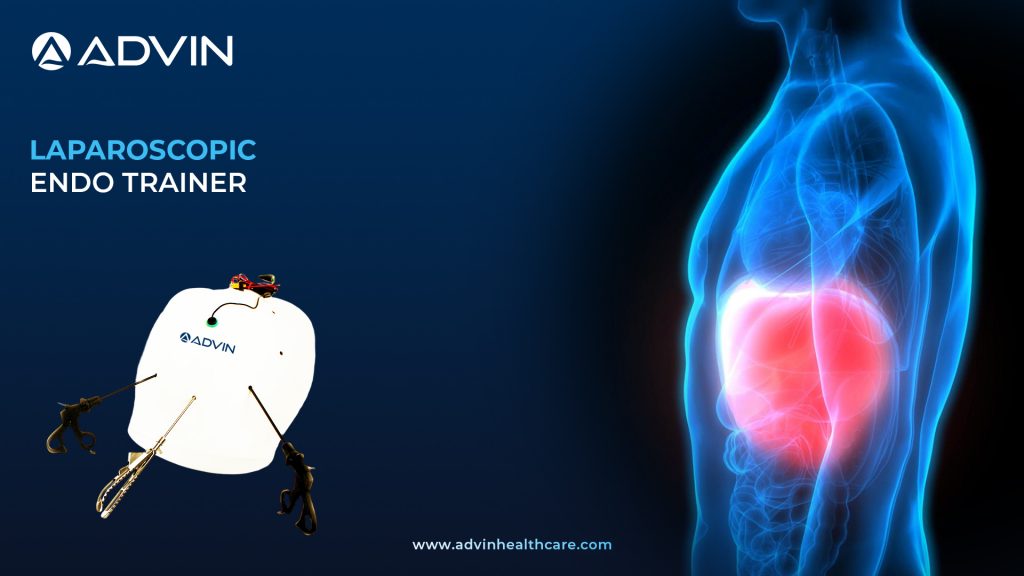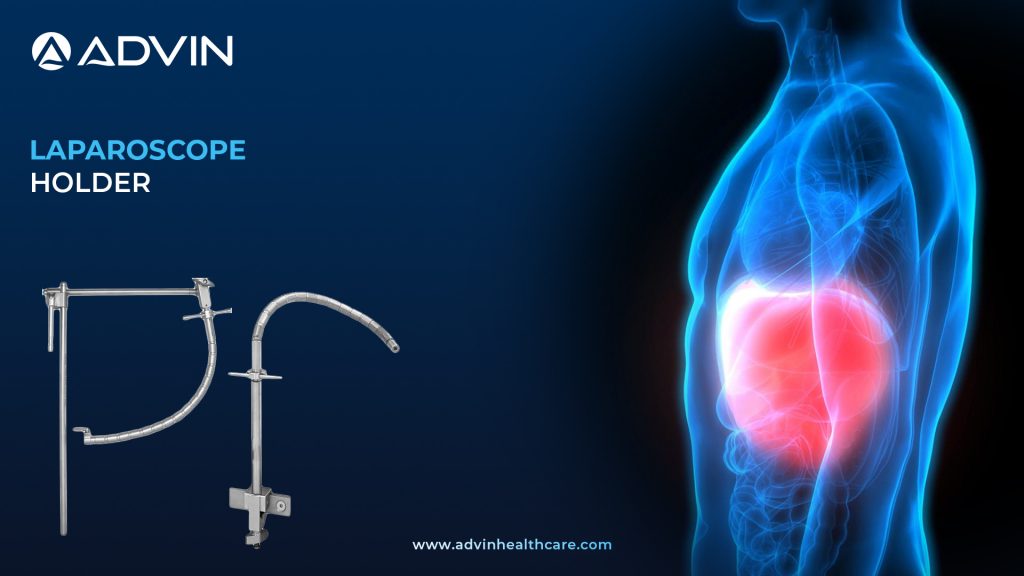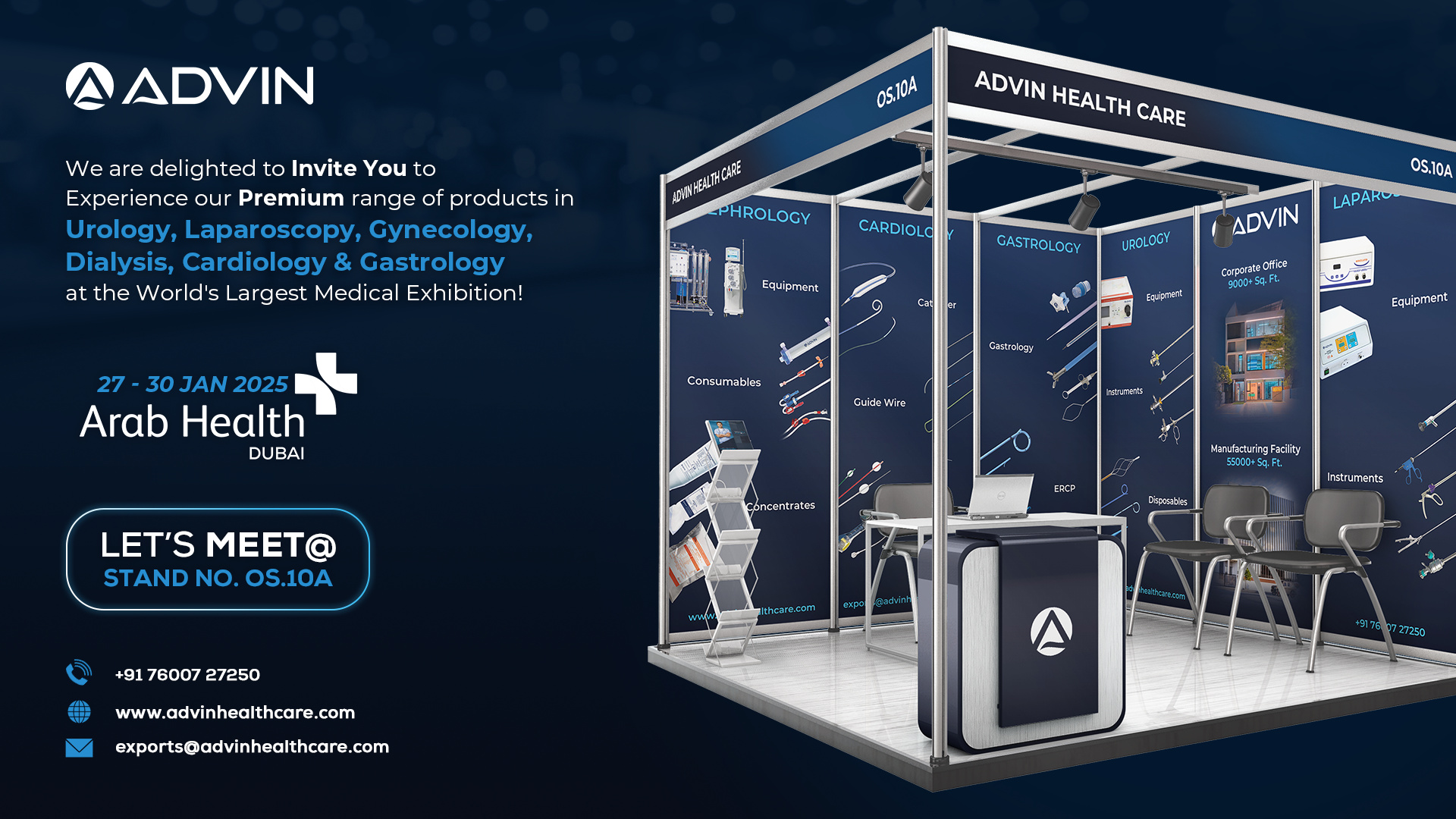Laparoscopic Clip Applicator – Optimized for Accurate Clip Placement in Laparoscopy
 Advin Health Care
Advin Health Care
 November 14, 2025
November 14, 2025
Introduction to Laparoscopic Clip Applicator - Precision Instrument for Secure Vessel Ligation A Laparoscopic Clip Applicator is a surgical instrument used to apply metal or polymer clips during laparoscopic procedures for vessel and duct ligation. It ensures precise clip placement, minimizing the risk of bleeding and leakage. Advin Health Care...
Read More
Hem O Lock Clip Applicator – Advanced Design for Safe Laparoscopic and Open Surgery
 Advin Health Care
Advin Health Care
 November 14, 2025
November 14, 2025
Introduction to Hem ‘O’ Lock Clip Applicator - Secure Ligation for Minimally Invasive Surgery The Hem-O-Lock Clip Applicator is a specialized laparoscopic instrument used for secure application of Hem-O-Lock polymer clips during minimally invasive surgeries. It provides precise clip control and safe vessel or duct ligation. Advin Health Care offers...
Read More
Laparoscopic Spoon Forceps – Precision Tool for Tissue Handling and Dissection
 Advin Health Care
Advin Health Care
 November 13, 2025
November 13, 2025
Introduction to Laparoscopic Spoon Forceps - Precision Instrument for Tissue Handling and Dissection The Laparoscopic Spoon Forceps is a precision surgical instrument used to grasp, hold, and remove tissue or stones during minimally invasive procedures. It features a smooth spoon-shaped tip that allows gentle handling without causing tissue trauma. Advin...
Read More
Apple Hunt Trocar Cannula – Reliable Access System for Laparoscopic Surgery
 Advin Health Care
Advin Health Care
 November 13, 2025
November 13, 2025
Introduction to Apple Hunt Trocar Cannula - Reliable Access for Minimally Invasive Surgery The Apple Hunt Trocar Cannula is a specialized laparoscopic access device designed for safe and reliable instrument insertion into the abdominal cavity. Known for its smooth, low-profile design, it minimizes tissue trauma while maintaining a secure seal...
Read More
Open Surgery Clip Applicator – Advanced Design for Safe Open Surgical Procedures
 Advin Health Care
Advin Health Care
 November 12, 2025
November 12, 2025
Introduction to Open Surgery Clip Applicator - Reliable Hemostasis for Open Surgical Procedures The Open Surgery Clip Applicator is a precision surgical instrument used to apply metal or polymer clips during open surgical procedures. It helps in securely ligating blood vessels or ducts, ensuring quick and effective hemostasis. Advin Health...
Read More
Laparoscopic Spiral Trocar – Safe and Controlled Entry for Laparoscopic Operations
 Advin Health Care
Advin Health Care
 November 12, 2025
November 12, 2025
Introduction to Laparoscopic Spiral Trocar - Advanced Access Port for Minimally Invasive Surgery The Laparoscopic Spiral Trocar is a surgical access device designed to provide safe and smooth entry into the abdominal cavity during laparoscopic procedures. It features a spiral-threaded cannula that ensures stable fixation and prevents accidental slipping during...
Read More
LED Head Light – High-Intensity Lighting for Clear Surgical Visualization
 Advin Health Care
Advin Health Care
 November 11, 2025
November 11, 2025
Introduction to LED Head Light - Enhanced Illumination for Precision Surgery The LED Head Light is a wearable surgical lighting device designed to provide focused, bright illumination directly onto the surgical site. It enhances visibility, precision, and depth perception for surgeons during procedures. Advin Health Care manufactures lightweight and adjustable...
Read More
Laparoscopic Cable – Secure and Efficient Connection for Surgical Applications
 Advin Health Care
Advin Health Care
 November 11, 2025
November 11, 2025
Introduction to Laparoscopic Cable - Essential Connection for Electrosurgical Efficiency The Laparoscopic Cable is a medical-grade connection cable used to transmit electrical energy or light between surgical equipment and instruments during laparoscopic procedures. It ensures safe and efficient power or illumination delivery throughout the surgery. Advin Health Care designs high-quality...
Read More
Laparoscopic Needle Holder – Stainless Steel Construction for Reliable Surgical Performance
 Advin Health Care
Advin Health Care
 November 10, 2025
November 10, 2025
Introduction to Needle Holder - Precision Control for Secure Suturing in Surgery The Laparoscopic Needle Holder is a precision surgical instrument used to hold and drive suturing needles during minimally invasive surgeries. It enables surgeons to perform accurate intracorporeal or extracorporeal suturing with control and stability. Designed for use through...
Read More
Laparoscopic Hand Instruments – Essential Set for Laparoscopic and General Surgery
 Advin Health Care
Advin Health Care
 November 10, 2025
November 10, 2025
Introduction to Laparoscopic Hand Instruments - Precision Tools for Minimally Invasive Surgery Laparoscopic Hand Instruments are precision-engineered tools used during minimally invasive surgeries to manipulate tissues, grasp, cut, dissect, and coagulate within the abdominal cavity. These instruments are designed for use through small trocar ports to minimize trauma and enhance...
Read More
Safety Trocar – Advanced Protection for Laparoscopic Entry Procedures
 Advin Health Care
Advin Health Care
 November 8, 2025
November 8, 2025
Introduction to Safety Trocar - Advanced Protection for Secure Laparoscopic Access The Safety Trocar is a specialized laparoscopic access device designed to minimize the risk of injury during abdominal entry. It features a protective shield mechanism that automatically covers the sharp tip after penetration, ensuring safe access to the peritoneal...
Read More
Disposable Trocar – Single-Use Solution for Safe and Sterile Laparoscopic Access
 Advin Health Care
Advin Health Care
 November 8, 2025
November 8, 2025
Introduction to Disposable Trocar - Reliable and Sterile Access for Laparoscopic Surgery The Disposable Trocar is a single-use laparoscopic access device designed for safe and sterile entry into the abdominal cavity. It provides a reliable working channel for laparoscopic instruments while maintaining pneumoperitoneum. Advin Health Care offers high-quality disposable trocars...
Read More
Magnetic Trocar – Innovative Access Solution for Laparoscopic Surgery
 Advin Health Care
Advin Health Care
 November 7, 2025
November 7, 2025
Introduction to Magnetic Trocar - Innovative Access System for Next-Generation Laparoscopy The Magnetic Trocar is an advanced laparoscopic access device designed to securely hold instruments using a magnetic locking system. It provides stable instrument control, reduces accidental slippage, and enhances the surgeon’s precision during minimally invasive surgery. Advin Health Care...
Read More
Hasson Trocar – Secure and Safe Entry Technique for Laparoscopic Surgery
 Advin Health Care
Advin Health Care
 November 7, 2025
November 7, 2025
Introduction to Hasson Trocar - Secure and Controlled Entry for Laparoscopic Procedures The Hasson Trocar is a specialized laparoscopic entry device designed for open (Hasson) technique procedures. It allows surgeons to gain safe and direct access to the abdominal cavity, minimizing the risk of injury to internal organs. Advin Health...
Read More
Laparoscopic Multifunctional Trocar – Advanced Access Port for Minimal Invasive Surgery
 Advin Health Care
Advin Health Care
 November 6, 2025
November 6, 2025
Introduction to Laparoscopic Multifunctional Trocar - Versatile Access for Minimally Invasive Surgery The Laparoscopic Multifunctional Trocar is an advanced surgical access device used to create a secure entry port during minimally invasive procedures. Designed for precision and versatility, this trocar allows the insertion of laparoscopic instruments, cameras, and other devices...
Read More
Veress Needle – Durable and Safe Access Tool for Laparoscopic Surgery
 Advin Health Care
Advin Health Care
 November 6, 2025
November 6, 2025
Introduction to Veress Needle - Essential Instrument for Safe Laparoscopic Access The Veress Needle is a specialized laparoscopic instrument used to create pneumoperitoneum — the insufflation of carbon dioxide gas into the abdominal cavity — during minimally invasive surgery. It allows safe and controlled entry into the peritoneal cavity to...
Read More
Laparoscopic Endo Trainer – Essential Tool for Advanced Surgical Skill Development
 Advin Health Care
Advin Health Care
 November 5, 2025
November 5, 2025
Introduction to Laparoscopic Endo Trainer - Enhancing Surgical Skills Through Realistic Simulation The Laparoscopic Endo Trainer is a surgical training system designed to help surgeons and medical students practice laparoscopic skills in a simulated environment. It provides a realistic platform for improving hand-eye coordination, depth perception, and instrument handling before...
Read More
Laparoscope Holder – Stability and Precision for Laparoscopic Procedures
 Advin Health Care
Advin Health Care
 November 5, 2025
November 5, 2025
Introduction to the Laparoscope Holder - Precision Support for Stable Endoscopic Visualization The Laparoscope Holder is a mechanical device designed to securely hold and stabilize the laparoscope during minimally invasive surgeries. It allows surgeons to maintain a steady visual field without manual handling, improving precision and reducing fatigue. Advin Health...
Read More
Building a Healthier Tomorrow: Inside Advin Health Care’s 2025–26 Milestones
 Advin Health Care
Advin Health Care
 November 5, 2025
November 5, 2025
FY 2025–26 represents a defining chapter in Advin Health Care’s journey — a year of transformation, technological leadership, and sustainable progress. As global healthcare rapidly evolves, Advin continues to pioneer accessible and advanced medical technologies designed to make a difference in patient care around the world. With a record revenue...
Read More
From Vision to Achievement: Key Insights from Advin Health Care 2024–25 Report
 Advin Health Care
Advin Health Care
 November 5, 2025
November 5, 2025
FY 2024–25 marks a pivotal year in Advin Health Care’s evolution — a year defined by innovation, technological advancement, and strategic integration across every facet of our operations. Our focus this year was clear: to transform ideas into impactful healthcare solutions that deliver precision, safety, and accessibility to medical professionals...
Read More

